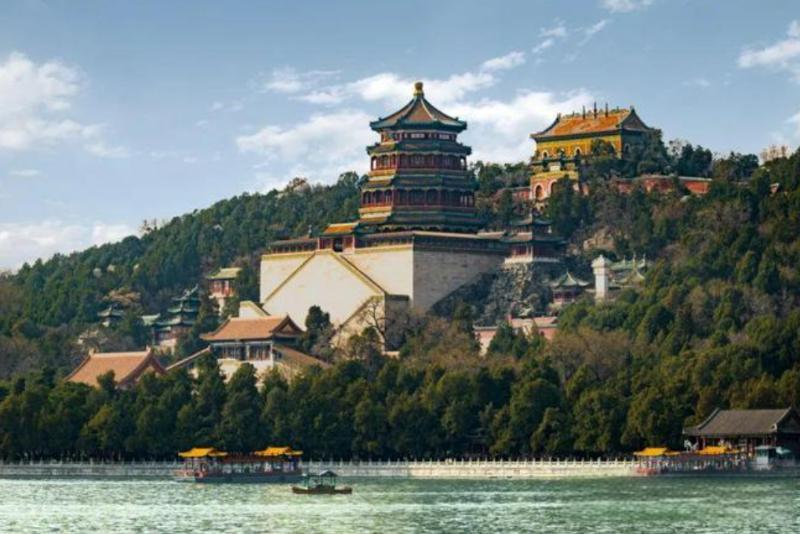Can you go inside the Summer Palace?
The Summer Palace is open to the public, and visitors can purchase tickets to enter and explore. Here are some suggestions for visiting the Summer Palace:
- Ticket Purchase: Visitors can buy tickets online through the official website of the Summer Palace, online travel platforms, or directly at the entrance. It is recommended to purchase tickets online in advance to save time and avoid queuing at the site.
- Opening Hours: The opening hours of the Summer Palace vary depending on the season, generally divided into peak season (April 1st - October 31st) and off-peak season (November 1st - March 31st). When planning a visit, visitors should check the current opening hours and ensure entry during the specified times.
- Important Reminders: Before entering the Summer Palace, visitors should familiarize themselves with and adhere to the park regulations, such as not littering, not damaging vegetation, and not lingering in prohibited areas. For safety reasons, visitors should also pay attention to the security of personal belongings and follow the park's safety instructions during the visit.
- Touring Suggestions: The Summer Palace covers a large area, so it is advisable for visitors to plan their itinerary in advance to make the most of their time. There are many attractions worth visiting in the garden, such as Longevity Hill, Kunming Lake, and the Long Corridor. Visitors can choose attractions based on their interests and time constraints.
In conclusion, the Summer Palace is a tourist attraction open to the public, and visitors can enter by purchasing tickets. During the visit, visitors should comply with park regulations and prioritize personal safety.

The Summer Palace, located in the western suburbs of Beijing, was a royal garden of the Qing Dynasty. Covering an area of 3.009 square kilometers, with water occupying about three-quarters, it is one of the largest existing royal gardens in China. Here is a detailed introduction to the Summer Palace:
1. Historical Background:
- The precursor to the Summer Palace was Qingyi Garden, built by Emperor Qianlong to honor his mother, Empress Dowager Chongqing, using 4.48 million taels of silver.
- In 1860, during the Second Opium War, it was destroyed by the British and French forces. It was rebuilt in 1888 and renamed the Summer Palace, serving as a royal summer resort.
- In 1900, it was damaged again during the invasion of the Eight-Nation Alliance but was later restored to its present state.
- In 1961, it was announced as one of the first batch of national key cultural relics protection units. In 1998, it was listed as a World Heritage Site, and in 2007, it was rated as a national 5A-level tourist attraction.
2. Architectural Style and Attractions:
- The Summer Palace integrates the design techniques of Jiangnan gardens, taking inspiration from the West Lake in Hangzhou and incorporating the essence of Jiangnan garden design.
- The architectural styles in the garden are diverse, including the northern courtyard style in the palace area, the West Lake style in the lake area, the Tibetan Lama temple style north of Longevity Hill, and the Suzhou water town style in the northern area.
- Main attractions include the Tower of Buddhist Incense, the Hall of Jade Billows, the Hall of Nurtured Harmony, the Tower of the Fragrance of Buddha, the Hall of Benevolence and Longevity, and the Long Corridor, each with its unique historical and cultural background.
3. Cultural Connotations:
- The Summer Palace is not only a representative of ancient Chinese royal gardens but also an important carrier of traditional Chinese culture.
- The ancient buildings, cultural relics, and beautiful natural scenery in the garden reflect the profoundness of Chinese traditional culture.
- Visitors to the Summer Palace can gain a deeper understanding of Chinese history and culture and experience the charm of traditional Chinese culture.